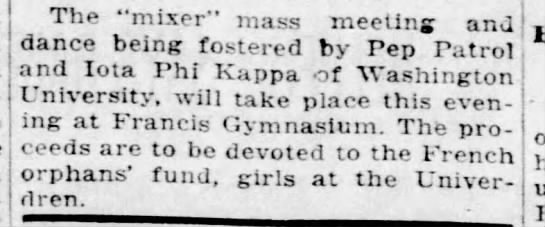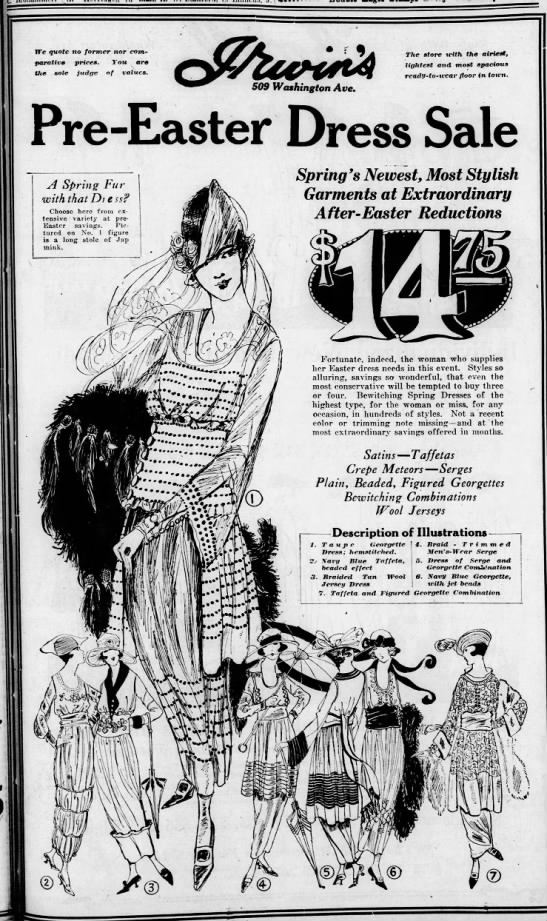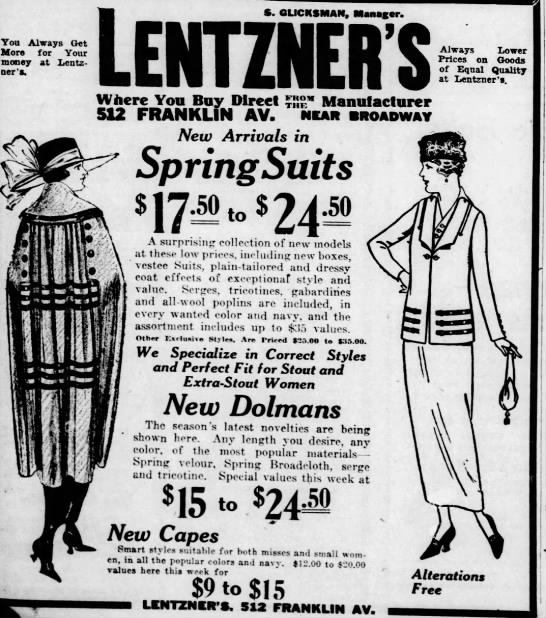Gottlieb proposes an argument then offers the counterarguments in a complex ladder of understanding that is nevertheless so well presented that the reader can follow the progression of thought.
Some years ago I participated in a small group study on energy use and climate change. The participants were all of a like mind and voiced frustration with 'those people' who remained unresponsive to arguments to change their lifestyle. The antagonism and anger weighed heavy in the air.
We cannot change the world or even change all the people around us.
We can only do what we can do. I have used tote bags for shopping for years. I have decided to make bags for produce instead of using the plastic ones at the stores. I have recycled glass and cans and paper for forty-seven years. I rarely buy red meat. When we turned in our leased car we had clocked only 10,000 miles over three years. We insulated our house and bought all LED bulbs. We compost and avoid pesticides.
It isn't enough.
We support candidates that work to save the Great Lakes and who are concerned with climate change.
It isn't enough.
As Gottlieb writes, we are still complicit--I am still complicit.
I buy yards of cotton fabric to make quilts as a creative outlet--cotton that requires fertilizers and pesticides and factories to make it into fabric and chemicals to treat it and trucks to get it to the quilt shop. Just so I can cut it up and sew it into something new, tossing the bitty scraps into the trash that goes into a landfill.
I am part of the problem. We all are. Our entire society, economy, and culture make us so. As a society, we are more interested in technology than nature. Jobs instead of preservation. Maintaining our lifestyle than worrying about oil spills somewhere else.
We need widespread collective and political action to change society. Maybe it can happen--we got a man on the moon and people sacrificed to support the war effort during WWII. Nothing less can alter the course we are headed on.
I continue to do what I can because it feels like a moral imperative, like not leaving untended fires in the forest or tossing trash along the roadside, a habit based in reason and science and tradition and personal values.
Do we love nature enough--know nature personally enough to care to preserve it? Not just the puppy mill dogs and the lab rabbits, but also the forests and the marshlands?
How can we save the natural world from our collective brutality if we do not love it? If we do not know it, how can we love it? and if everything else--work, ease, moral limits, the dominant institutions of our society--removes us from it? from Morality and the Environmental Crisis
Gottlieb ends the book by employing the ageless use of story to show the choice we each must make: we can embrace despair or gratitude. Gratitude does not negate despair, it makes life worth living in the face of awful realities.
Learn more about the book and author and see the table of contents at
https://www.kriso.ee/cambridge-studies-religion-philosophy-society-morality-db-9781316506127.html
I was given access to a free ebook from the publisher through NetGalley in exchange for a fair and unbiased review.
Morality and the Environmental Crisis
by Roger S. Gottlieb
Cambridge University Press
Pub Date 02 Apr 2019
ISBN 9781316506127
PRICE $29.99 (USD)




















